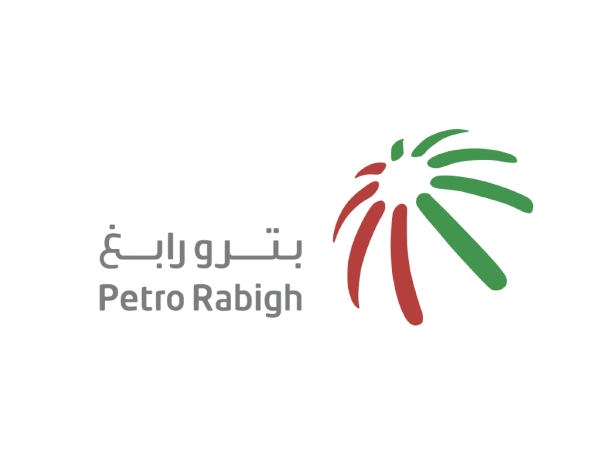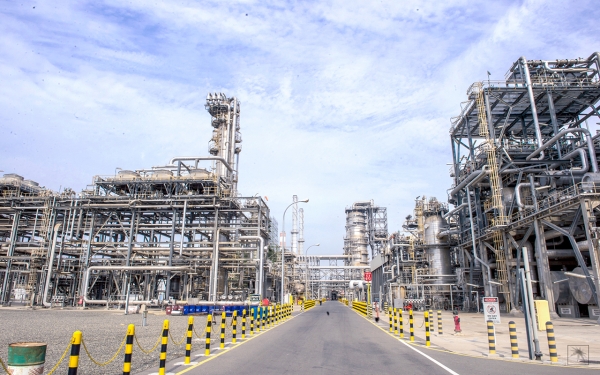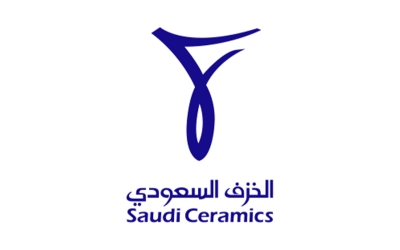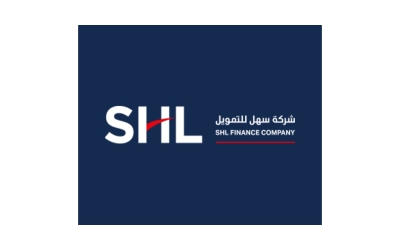

Rabigh Refining & Petrochemical Company is a joint venture between Saudi Aramco and the Japanese Sumitomo Chemical Company. It was established in 2005, and is headquartered in Rabigh, Saudi Arabia.
The project's value is around USD10 billion, thus making the shares of Sumitomo Chemical the largest foreign investment in Saudi Arabia. At the time, the financing of this project was seen as the most significant Islamic financing operation for a project of its kind.
Petro Rabigh goals
Petro Rabigh's project meets three main requirements of the Saudi economy. First, it adds value to the country's hydrocarbon wealth resources by converting them into clean, highly efficient refined products. Moreover, it adds an extensive series of petrochemical materials, which consequently become the building blocks for other manufacturing industries.
Second, the project is a vital provider of job opportunities, not only by directly employing people in the project and its need for high-quality support services, but also through the project's industrial activities that use the products and petrochemicals produced by the project. In general, the more expansion in the consequent phases of the industries and activities linked to the project, the more job opportunities are created. These new jobs provide Saudi youth with new opportunities for a fruitful, professional career life that allows them to achieve their goals and aspirations.
Third, Petro Rabigh project provides additional investment opportunities for small and large private sector institutions, including attracting strategic investors from outside the Kingdom in the field of manufacturing industries and the companies that supply these industries with goods and services, under a comprehensive system that aims to achieve added value to the national economy and ensure the continuation of its growth.
Petro Rabigh activities
Construction of the Petro Rabigh project, which is one of the world's largest integrated projects in the field of refining and petrochemicals, began in 2006, with a plan to invest USD9.5 billion of which 60 percent was provided through project funding.
Rabigh Refining & Petrochemical Company (Petro Rabigh) was listed on the Saudi Stock Exchange for public shareholding on January 27, 2008, offering 25 percent of its shares for public subscription. Both partners maintained 37.5 percent of its shares. The company's capital was set at SAR8,760,000,000. Moreover, 4.5 million Saudi citizens participated in the Initial Public Offering, which is five times over the offered shares.
The refinery in Rabigh is located 165 km to the north of Jeddah and 185 km to the south of Yanbu on the Red Sea Coast. Its operation began in 1989, and as of June 1995, Saudi Aramco began to manage and operate it entirely. Upon start-up, the refining capacity had reached 325 thousand barrels per day of light/medium Arab oil. In 1998, developments were carried out which increased the refining capacity to four hundred thousand barrels per day, making it the largest single refining unit in the world that uses crude oil distillation methods.
In 2008, Saudi Aramco transferred ownership of the Rabigh refinery to Petro Rabigh. In 2009, the project began production. It produces annually 2.4 million t of petrochemicals, both solid and liquid, especially ethylene and polyethylene, which are used in the manufacturing of many products, such as plastic fibers, films, sponges used in the manufacturing of furniture and cars, insulating and sealing materials, resins, and antifreeze. Furthermore, the refinery produces large quantities of gasoline and other refined products.
Advantages of Petro Rabigh
The Petro Rabigh project is an innovative model in the petrochemicals industry, given that it established processing facilities near a source of stable and reliable feedstock, and marketed its products to various global markets according to the changing patterns of supply and demand, while taking into consideration economic factors. The facility also combines modernism, a wide geographical range, technological development and a highly-skilled, world-class workforce. The Petro Rabigh project can be seen as an integration of Saudi Aramco and Sumitomo Chemical's strengths in the field of production, refining, petrochemical processing, as well as product sales and marketing.
Saudi Aramco supplies the project with four hundred thousand barrels of crude oil on a daily basis, as well as ninety-five million cu ft of ethane, and ffiteen thousand barrels of butane. These raw materials are processed in a high-tech plant equipped with the largest state-of-the-art HOFCC and ethane cracker.
The project comprises twenty-three units that annually produce 18.8 million t of crude oil-based products and 2.4 million t of ethylene and propylene derivatives. All of these materials go through an additional processing stage before being distributed locally and exported to Europe and Asia.
The project’s products are used in the manufacturing of other final products, such as plastics, detergents, lubricants, resins, coolants, types of antifreeze, paints, carpets, ropes, fabrics, shampoos, the interior components of cars, epoxy glue, insulation materials, packaging films, and fibers, as well as household tools and appliances, packaging materials, candles, and pipes, among others.
The Petro Rabigh project also includes an in-house R&D facility, and continuously enrolls its employees in training programs around the world, including Japan, the USA, Europe, South America and Asia. The Rabigh refinery is strategically located on the western coast of the Kingdom, providing easy access to global markets through the refinery's deep water port.
The Saudi Aramco Petroleum Products Trading Company (Aramco Trading Company), a company entirely owned by Saudi Aramco, began marketing the first shipment of chemicals produced by Petro Rabigh in 2014. These included polypropylene, high-density polyethylene, low-density polyethylene and ethylene glycol.
Development of Petro Rabigh
In an effort to enhance the successful partnership between Saudi Aramco and Sumitomo Chemical, the second phase of Petro Rabigh development project was launched in 2012. The Rabigh phase II project provides larger and more strategic investment opportunities, since it will be producing five million t of petrochemicals and fifteen t of oil products every year.
The facilities constructed during the second phase are capable of producing a variety of high-added-value petrochemicals, thus supplying feedstock to a wide range of industries, while increasing the production capacity of the ethane cracker unit. Moreover, the phase involves the construction of a world-class aromatic complex and twenty-two processing plants.
The second phase of the Rabigh project is an integral part of Saudi Aramco's strategy to integrate the refining and petrochemical facilities, and increase the value of hydrocarbons by integrating chemical production facilities with refining assets. These facilities produce a range of value-added petrochemical products, the majority of which are being produced for the first time in the Kingdom.
The developmental activities of the project's second phase also include the construction of a new aromatic complex, and an extended facility to crack thirty million standard cu ft of ethane per day, and around three million t of naphtha as feedstock every year to produce a variety of petrochemical products with high added value. The operation of the cracking facilities was completed in 2016.
Achievements of Petro Rabigh
One of the Rabigh phase II project's achievements reflected in the completion of works totaling six million man-hours without any accidents. Moreover, one million to five million man-hours were recorded in six other refineries without any accidents.
The Rabigh phase II project also adds other specialized products derived from ethylene and propylene by increasing the production of the existing vapor fractionation unit. Furthermore, the project also has the capability of converting four million t of naphtha every year into high-added-value aromatic products. Plans were made to export this naphtha if the project didn't exist. However, with the new facilities established by the second phase of the Rabigh project, these quantities of naphtha are processed to provide feedstock for use in manufacturing units to produce specialized petrochemicals, or to be delivered as feedstock for third-party projects.
Saudi Aramco, in cooperation with Sumitomo Chemical, continued to support and expand their joint investments, through marketing and construction activities of Rabigh Plastic Technology Complex, which is the first private industrial integrated complex, with a petrochemical complex in the Kingdom. Local and international investors experienced in manufacturing within this complex enjoy preferential advantages in terms of facilities, energy, infrastructure, and the use of Petro Rabigh products in a variety of innovative ways. The complex is expected to expand as part of Rabigh phase II project, as it involves investors from several countries, such as Germany, Italy, China, and Japan, to boost the manufacturing industry, and create thousands of jobs in new industries.
New facilities in Petro Rabigh
The Rabigh Plastic Technology Complex is expected to attract over one billion dollars of private-sector investments. Given the complex's potential to attract new clients, the company contributed 50 percent of the development costs, and owns 50 percent of its assets and infrastructure.
Following the continuous development of establishments and facilities, Petro Rabigh began the construction of the phenol plant in May 2017 with a capacity of 275 thousand MT per year, as well as the acetone plant with a capacity of 160 thousand MT annually. These achievements were a continuation of the successes realized by Petro Rabigh through its huge projects at the global level, with an investment of SAR40 billion and a production capacity of approximately 17,175 million t of oil derivatives, such as liquefied petroleum gas, naphtha, gasoline, aviation fuel, diesel and fuel oil. This strengthens the company's role in developing petrochemical production technologies, and keeping pace with the latest manufacturing systems that serve all societies worldwide.
Related quizzes
Related articles


